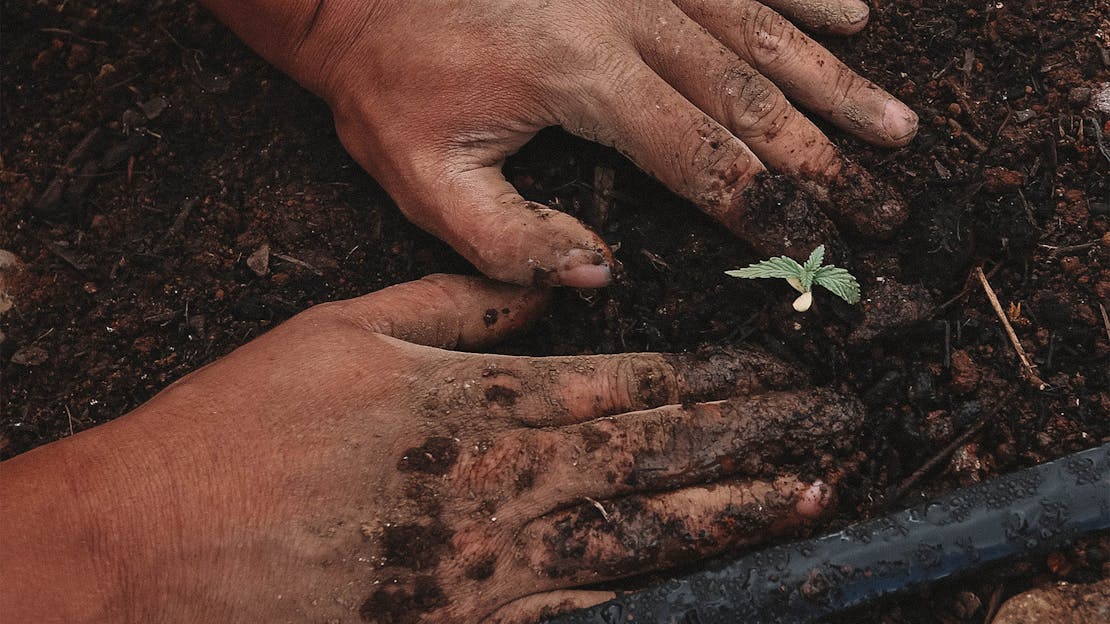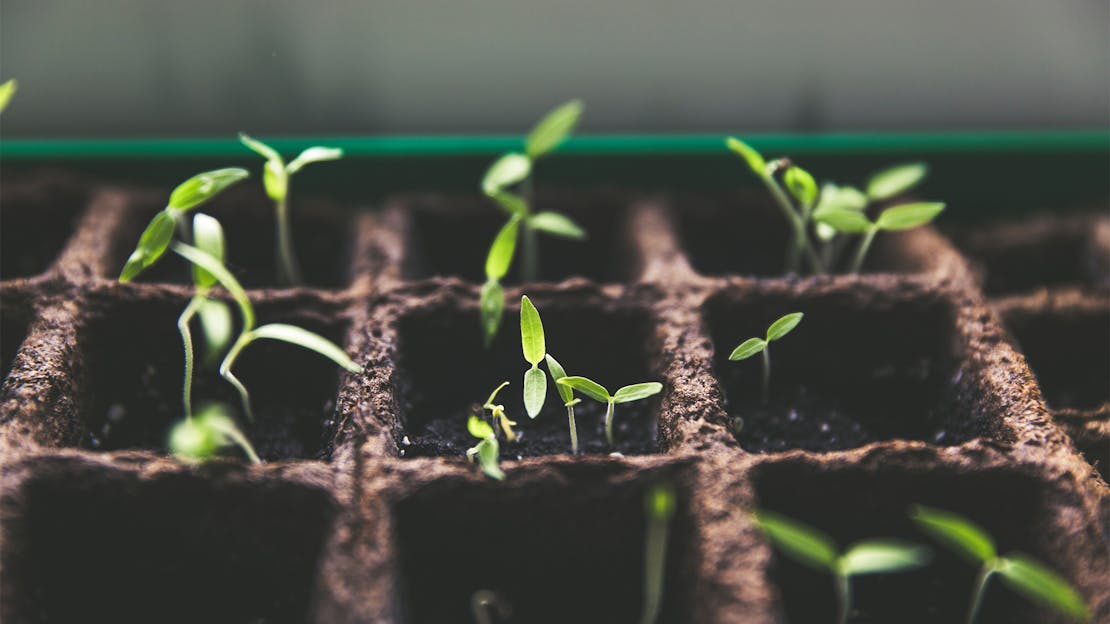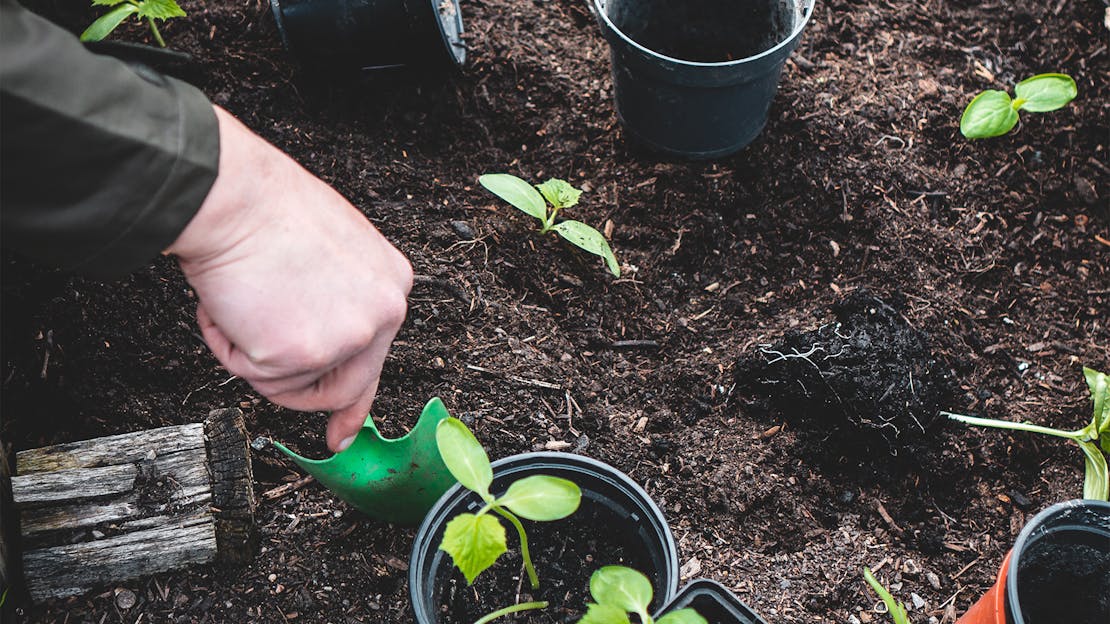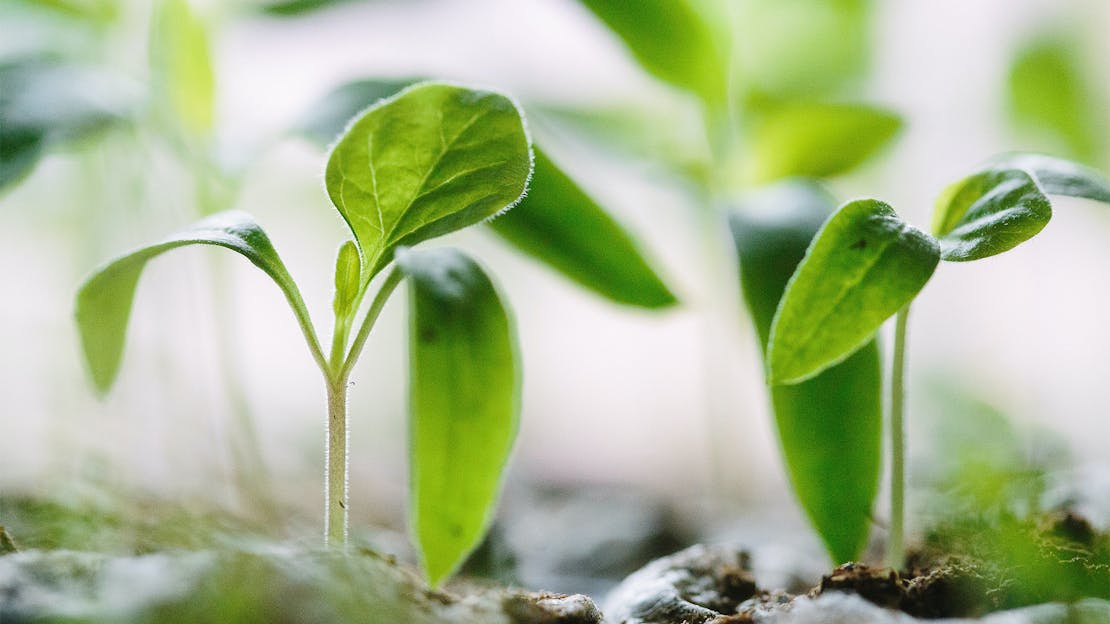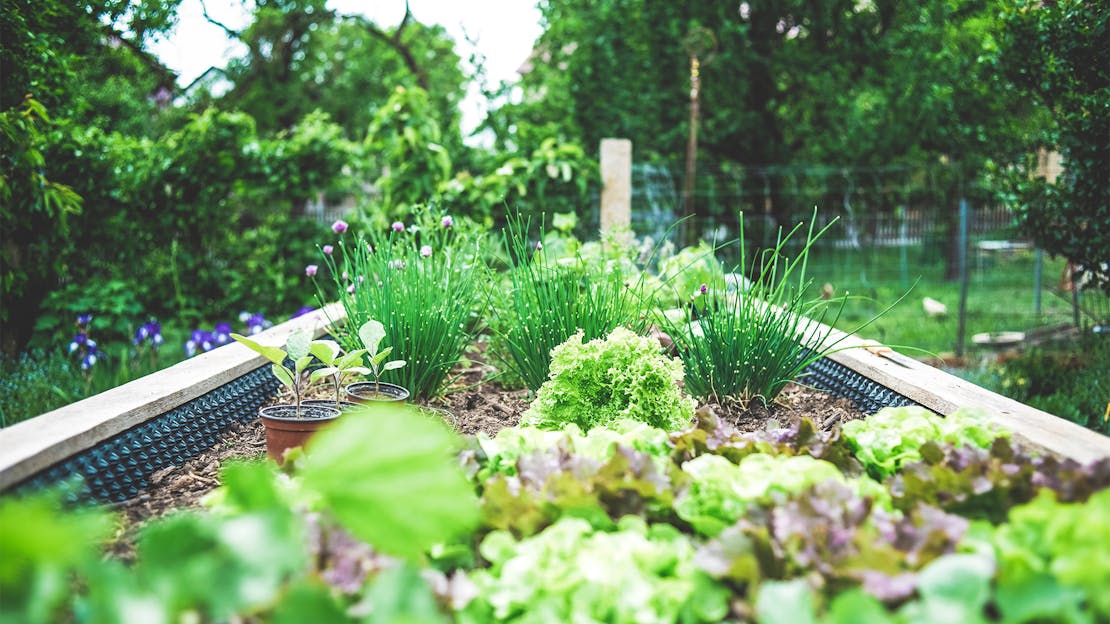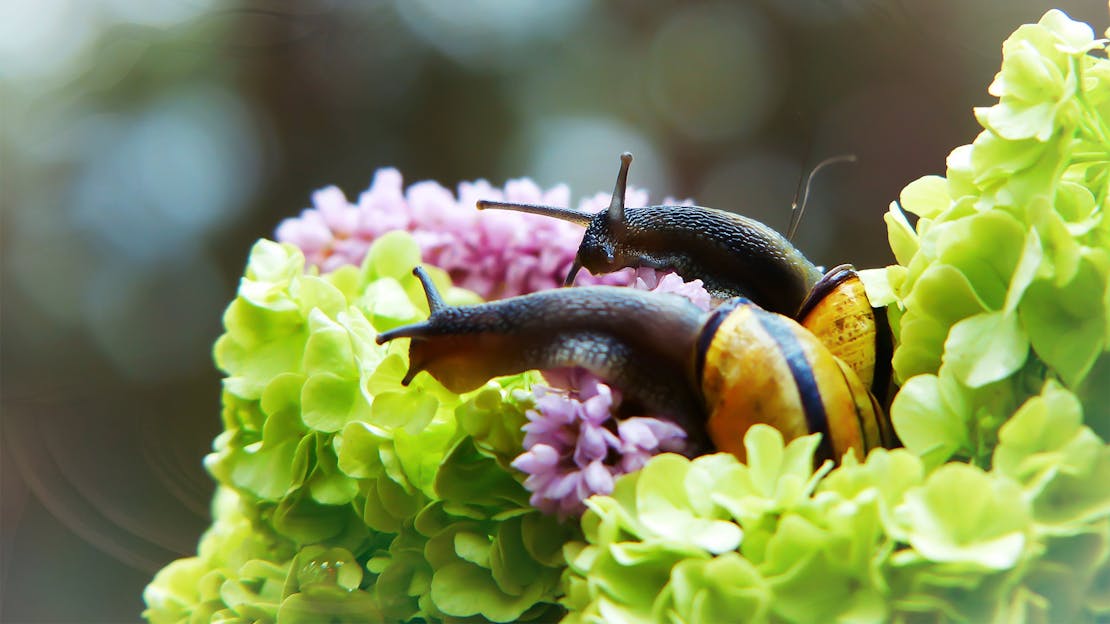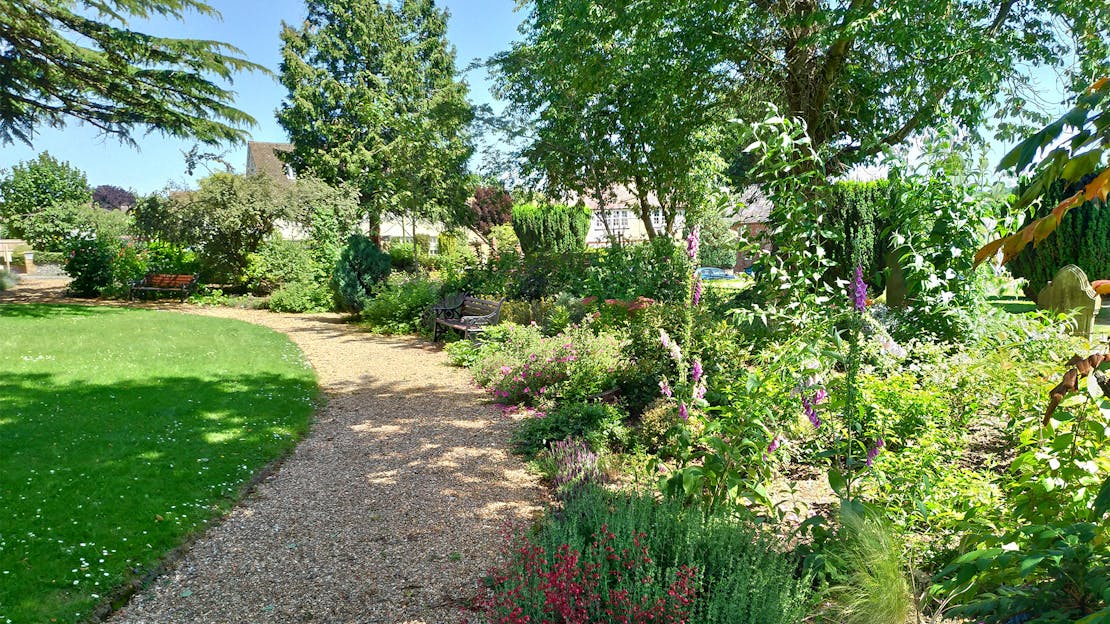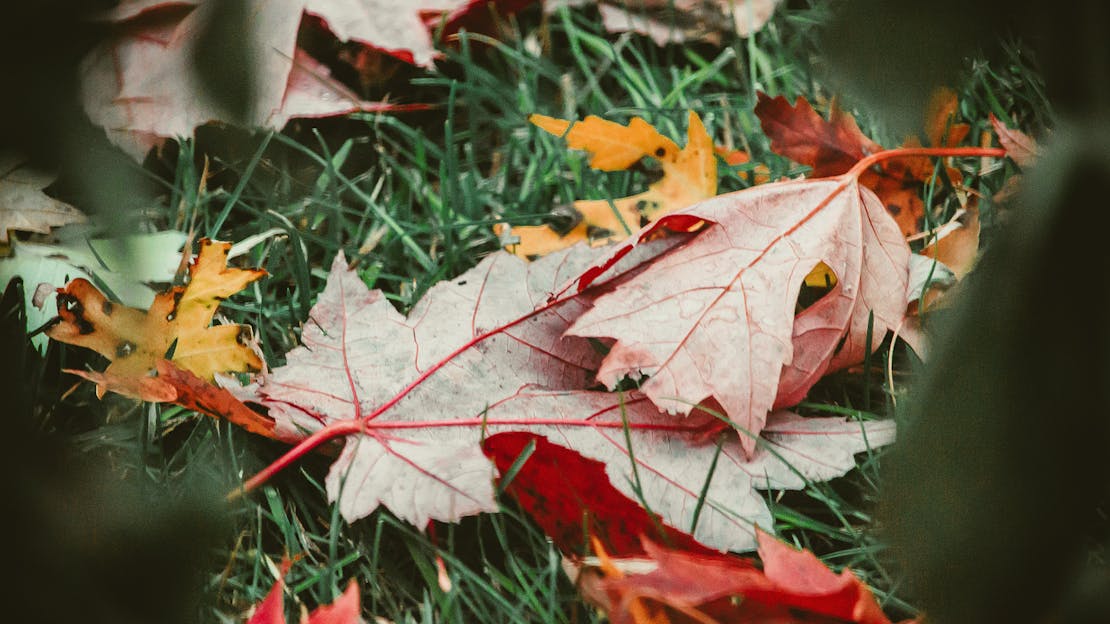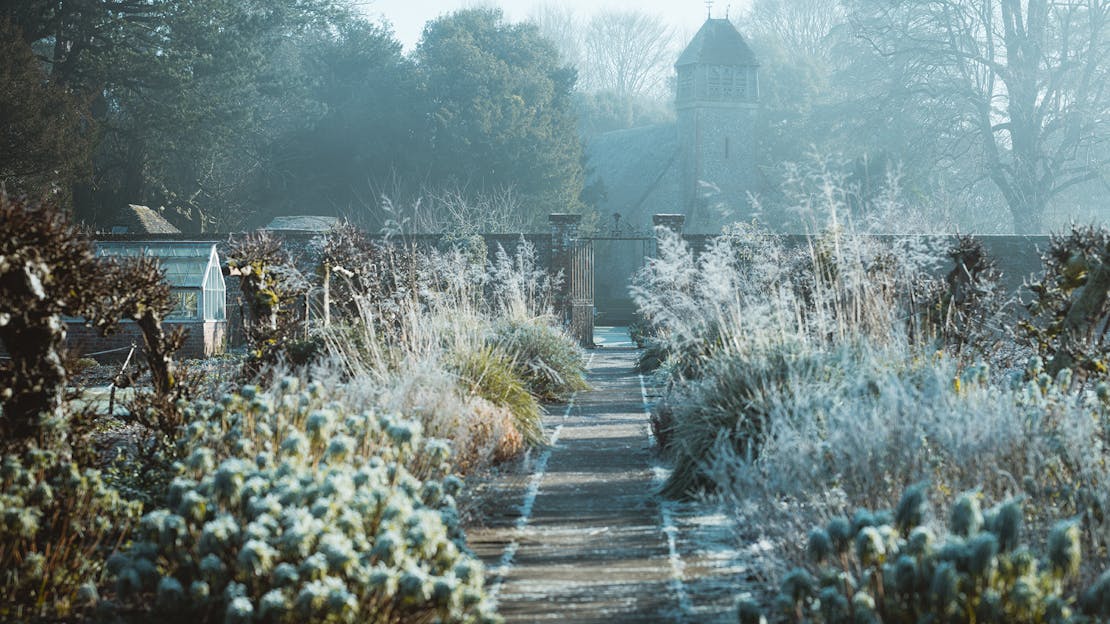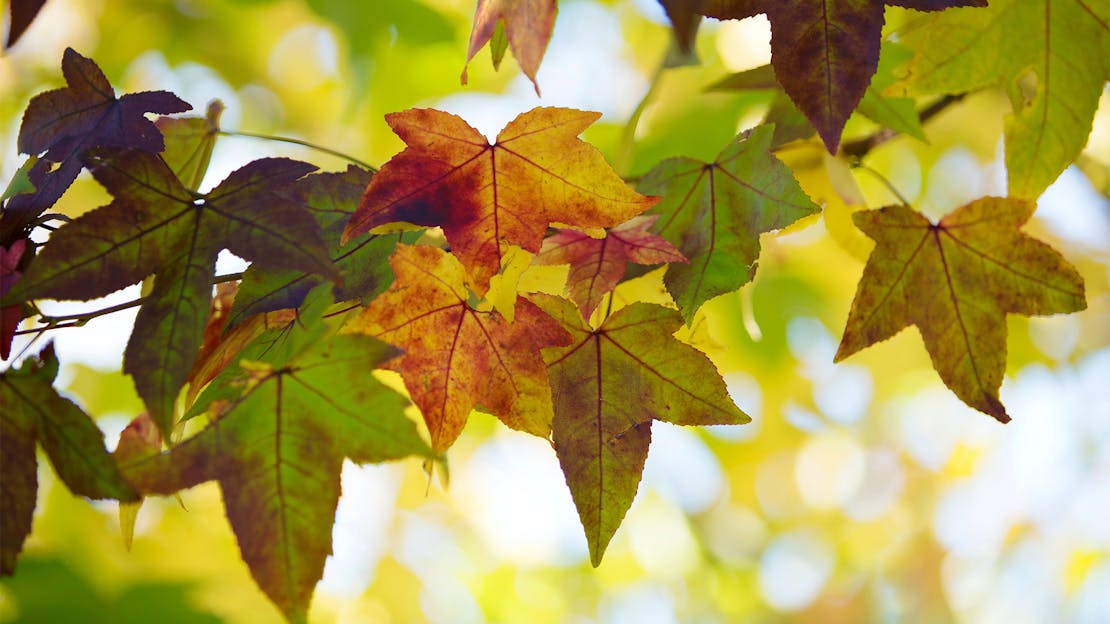
Garden Diary - September
September is a month all about preparing for winter and getting your plants planted now so they are ready to flower come spring. With your plants beginning to shrink back and the leaves just beginning to turn orange, this is a season jam packed with jobs. So let's delve right in!
Maintenance & Protection
When it comes to maintenance and protection in your garden, come September there's a large list of jobs that need to be done if you want your garden to thrive come spring. Starting with all of the plants that you will need to relocate. Such as houseplants that you have been keeping outside while it has been warmer, these should now be moved back inside. Gladiolus plants should be lifted up and left to dry off before then being stored in a location free of frost. Potted fruits and tender plants should be moved inside or into a cool greenhouse, away from any damaging frosts.
Next there are a number of different crops that will need to be harvested and stored. Starting with chillies which can be stored by tying their stalks onto some string and hanging them up to dry somewhere warm. Now is also the time to be picking apples and pears before they are damaged by the changing weather. If you have any unripe delicate crops still growing outside such as tomatoes, these can be cut off at the beginning of their offshoot and left to ripen inside. When gathering fruit & vegetables make sure to use a high quality pruner. Similarly, maincrop potatoes can now be lifted out of the ground with a handy trowel and dried out, before then storing them in a cool and dark spot with plenty of ventilation. Finally you can leave sunflower heads out on bird tables where birds and other critters can feed on them.
Now onto the hunt for pests and diseases, starting with the most important part. Immediate action, if you spot any signs of pests or diseases then you need to act asap; especially in enclosed environments such as greenhouses. Using a high quality anti pest product can be a lifesaver! Vine weevils can often be problematic at this time of year, to counter this setup some pest control products on plants whose edges are showing clear signs of damage. If you are growing rosemary or lavender, then you will need to keep an eye open for rosemary beetles, they have a distinct striped metallic back and grey larvae. Keep checking your plants for any signs of disease, including rot or mould as the quicker you deal with them, the less chance they have of spreading. Brown rot can be especially prevalent at this time of year in fruits and any infected produce should be quickly disposed of. There are several effective fungicide sprays you can make use of to deal with mould.
In this section we’ll be discussing the jobs you can be doing to keep structures and other items in your garden in good shape and ready for winter. Starting with your greenhouse, you can take down or remove any shading product you have used over the summer, such as paints or netting. Then check over your greenhouse ventilation, making sure to shut any vents on colder nights. Next you will want to check your greenhouse’s heaters, to make sure they are still functioning correctly. Ponds should be covered with either a protective netting or other protective sheet, to stop leaves from falling in and rotting. And at the same time you should check your pond for any pondweed, duckweed or algae; remove any that you find. Water butts and connecting pipes will also need to be checked to make sure there are no blockages or leaks. Thoroughly clean any bird feeders or other areas where you leave bird feed.
Continuing from this you will need to check your plant supports or any tree ties to make sure that they are still firmly in place for the coming worsening weather. If you notice that your lawn has gotten springy and spongy when you step on it, then you will want to rake it to remove the top layer of thatch and allow it to grow more easily. At the same time you should check your lawn for any bare patches or trampled parts, aerate the area with a hand fork or other garden tool and then plant grass seeds in any barren patches. You can also use a high quality lawn feed & weed to add a bit more colour. If you want to have a cheap soil enricher for next year then you can start making leafmould, all you need to do is collect fallen leaves that have turned or are turning brown. Then store the leaves outside in bin bags with the tops open and holes poked in the bottom.
Encouraging Plant Growth & Flowering
When encouraging plant growth and flowering in September there aren’t many plants still doing a large amount of growing and a lot of the jobs you will be doing will be focused on extending the time that your plants keep flowering. For example with summer bedding, you can move it to pots and hanging baskets to keep them flowering by deadheading and feeding them regularly. If you have any perennials that are looking a bit clumped up and have finished flowering. Then it is now a great time to lift them out and break them up, so you can replant them into less busy spots.
If you are growing any crops then there are still a few plants that you can help with some selective pruning. Firstly with squash, pumpkins and other marrows, these can have any leaves covering their fruits cut away to allow the sun to help them ripen. It is also the final month that you can complete your summer pruning of any fruit trees; such as apple trees. Summer pruning helps to encourage a healthy abundance of tasty fruit in the coming years.
When it comes to watering you can stop with most if not all of your outside plants, while indoor plants can now receive a reduced amount of water. If you have any indoor plants that are in spots that could get cold, you should move them to avoid any unnecessary damage.
Pruning
Most of your plants have slowed down a lot of their growing come September, so there isn’t a huge amount of pruning jobs to be done. But we’ll see if we can’t find a few to keep you busy with. Start with trimming any conifer hedges to neaten them up and reduce their height, this will be the last time you do this for a while so why not take your time with it and make them look extra nice. Using a long necked hand tool can help to make this job a lot easier and safer.
There are also some fruiting plants that you can pruning back, starting with fruited canes of summer raspberries, cut these down to the base and then tie new canes to supports. You can also give a light summer pruning to any apple or pear trees you have. And finally you can maintain a general good plant hygiene by picking off any faded blooms and dead leaves from plants, before any diseases or rot manage to take hold.
Planting
The majority of planting you are going to be doing at this time of year will be for plants that flower into late autumn, or for bulbs that will come up early spring. Firstly you can plant spring bedding such as wallflowers, pansies and forget-me-nots into pots and borders. Containers can also be planted up with plants such as Cyclamen, Heathers and Heucheras to add a bit of Autumn colour. While any remaining gaps can be filled with sedums, which help to provide nectar to pollinating insects. Using a nutrient rich compost can make all the difference when planting up.
As for fruits, vegetables and the like, there are a number that can be planted in September. You can start with herbs such as chives and parsley, simply place them in a sunny windowsill or greenhouse for use throughout winter. At the same time you could also plant saffron crocus bulbs and have a steady supply of saffron. While onions and shallots can also be planted in a warmer sunnier spot, placed 10cm apart, with the tip slightly above the soil. You can use grow bags for your fruit and veg for easy, lush growing.
Subsequently there are a lot of plants that you can be planting now, to then bring inside over winter. Including tender perennials such as fuchsias, alternatively there are dwarf spring bulbs, hippeastrum bulbs and Hyacinth bulbs. Finally now is a great time to get some bare rooted fruit trees to plant later into autumn or winter.
Propagation
When it comes to propagation to be done in September, there isn’t much. But below we’ll cover those jobs you can be doing. You can start by sowing hardy annuals such as scabiosa, ceinhes and ammi, for flowers next spring. Likewise you can also sow some hardy vegetables such as kale, pak choi, mustard and a variety of broad beans; which are ideal for winter pickings. Finally ripe seeds can be collected from your favourite plants and stored for sowing come spring as well as taking cuttings from fuchsias, salvias and pelargoniums.
That completes our Gardening Diary for September, hopefully it has kept you busy in your garden, while helping to prepare it for the coming cold. Why not check out our Gardening Diary for October while you’re at it and get prepared for any upcoming jobs!
Gardening Diaries
We have a helpful guide for every month of the year. Highlighting jobs that you can be doing in your garden, not matter the season!
![Garden Diary - January]()
In our diary we’ll cover all the possibilities though, whether you are having a warmer January or if you are waiting for the last of the frost to thaw out. We’ve got you covered.
![Garden Diary - February]()
In this diary we’ll talk about all the tasks you can be doing in February, mostly to get your garden ready but there’s also a few different plants you can be planting and seeds you can be sowing!
![Garden Diary - March]()
With March here, there are plenty of new jobs to be doing. In this guide we will be talking about all the jobs that can be done this month, now with the weather is starting to improve
![Garden Diary - April]()
In this diary we’ll cover all of the jobs you can be doing this April to make your garden truly thrive and look beautiful for the coming summer.
![Garden Diary - May]()
With May here now we’re really starting to get into Spring! Which means your garden is going to experience a boom of both plant growth and new wildlife.
![Garden Diary - June]()
With June here there’s not only a rise in sunny days and hotter temperatures but also a plethora of new jobs that can be done. In this gardening diary we’ll be going through all of the prime jobs in June
![Garden Diary - July]()
July is a busy month for your garden, as summer is here and everybody and everything is making the most of it! While for humans this can mean a nice day out at the beach, for wildlife this means growth!
![Garden Diary - August]()
It’s finally here, August, the month of cosy summer evenings in the garden and day trips to the beach. But that’s not all, the animals and plants are really thriving and your garden is teeming with life!
![Garden Diary - September]()
September is a month all about preparing for winter and getting your plants planted now so they are ready to flower come spring.
![Gardening Diary - October]()
October is upon us and is a vital time for your garden. Here’s our advice on how to keep your garden looking in tip top shape and keep those spring flowers protected for their spring bloom.
![Gardening Diary - November]()
November is fast upon us and it's vital to get your garden ready for winter. The cool frost will be fast spreading across your beds and borders.
![Garden Diary - December]()
Not many people think there is much to do in the garden during December. However, there's still a lot of work to be done maintaining, caring and tending to the garden to keep it in its best shape.

